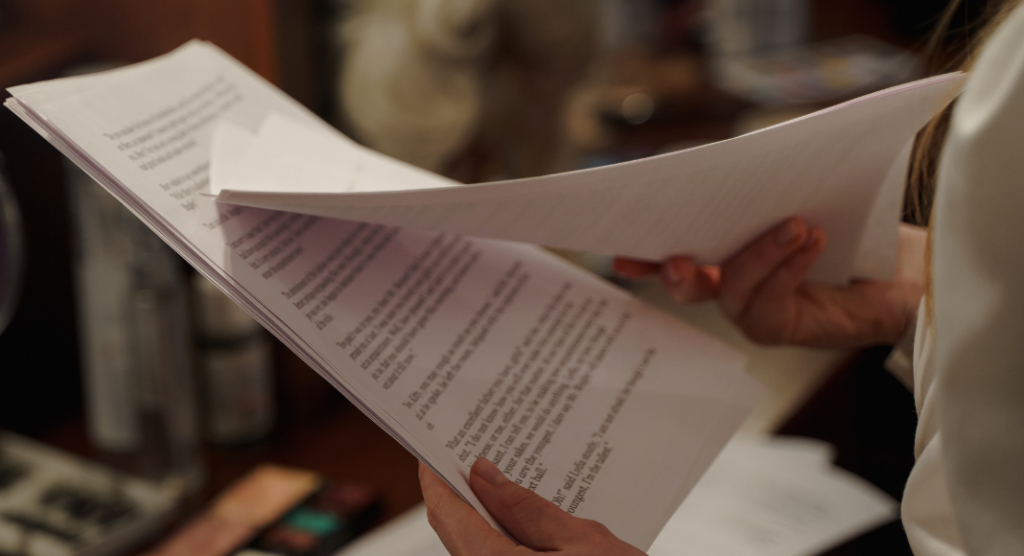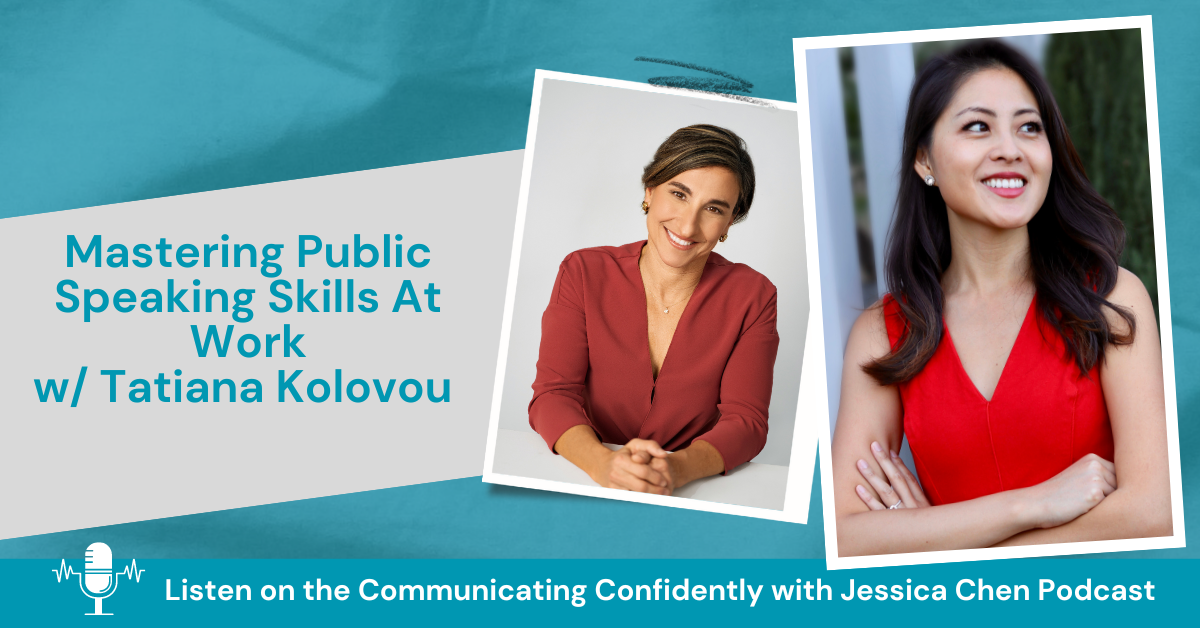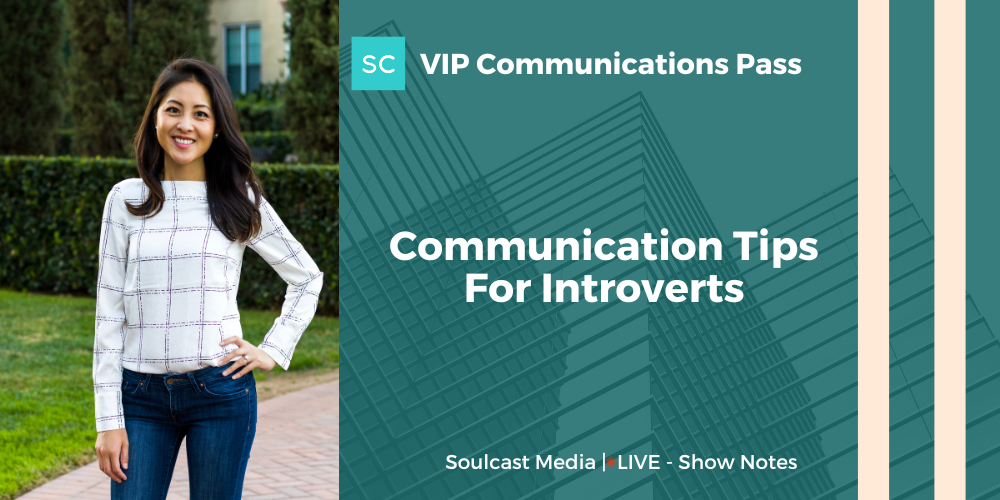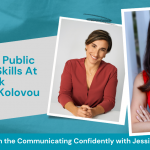Writing Your Presentation Script
As we dive into crafting our presentation script, let’s first take a moment to identify our audience. Knowing our audience is absolutely crucial because it allows us to customize our message and make it resonate with them on a deeper level.
A recent survey highlights that 90% of people feel anxious when they haven’t adequately prepared. When we’re prepared, our confidence soars and that is what keeps people engaged and ensures our message sticks with them long after we’re done.
1. Audience
Keeping our awesome audience in mind will make our words and visuals pop and stick with them long after we’re done. We want to choose words that are easy to understand and use visuals to make our message crystal clear and memorable.
Consider the following:
- Colleagues – When we’re presenting to our colleagues, we’ve got the green light to go full-on technical mode. Presenting to our colleagues, everyone’s on the same page; no need to waste time explaining the basics.
We don’t need to water down our language.
- Managers – When it’s time to impress our managers, we’ve got to focus on what they care about. Picture this: We’re presenting the company’s budget to our managers. We can cut to the chase and give them the most important information right away. We’ll paint a clear and concise picture of the overall budget – the grand total, the profits, and anything that directly affects the company’s financial health. We can skip the intricate nuances and dive into the important stuff that aligns with their biggest concerns.
- Experts – When our audience is a group of experts, we can prepare a presentation script that includes the parts, the procedures, and the functionalities. We need to craft a presentation script that caters to their expertise.
When it comes to our presentation scripts, the key is to always keep our audience front and center.
2. Important Points
When we come across those crucial moments in our presentation, it’s time to shine a spotlight on them and be upfront about their significance. We want our audience to walk away remembering those key points.
Consider the following:
- Direct Phrases – When crafting our presentation script, we want to keep in mind that what’s crystal clear to us might not be as evident to our audience. So, let’s be direct and intentional in emphasizing those essential points. We can’t assume that our audience can read our minds or follow our thought process.
- Be Clear – When it comes to making sure our audience remembers those crucial points, clear communication is critical. Remember, we’re not just delivering information; we’re creating an experience. So, let’s be clear, succinct, and mindful of our pacing. With every word, we’ll leave a lasting impression on our audience.
- Gestures – Writing our presentation scripts is just the beginning; adding gestures can bring our words to life. When we hit those important points, we’ll use our hands like skilled artists, painting the air with emphasis.
For instance, when we say, “The first thing I want you to remember is…” cue finger gesture – it’s like we’re etching the number one in their minds, making sure they know this point is top priority.
Being strategic and deliberate in emphasizing those crucial points will help our audience leave with those key takeaways etched in their memories.
3. Visuals
Visuals can take our presentations to the next level. They add that wow factor, making our points pop and leaving a lasting impression on our audience.
Consider the following:
- Guide The Audience – When we present visuals, it’s like being a tour guide, leading our audience through the mesmerizing sights and sounds of our presentation. We want to ensure they fully grasp what they’re looking at, so we’ll be their friendly navigator, pointing out the landmarks along the way. Being clear and specific about what they’re seeing is key. We want to avoid any confusion, like a well-marked path that guides them effortlessly through the presentation.
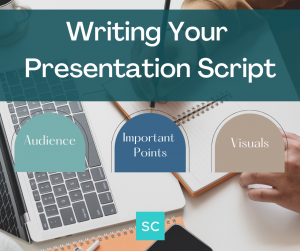
- Read Slides – When it comes to essential details on our slides, we want to help our audience navigate through the information. We can’t just assume they’ll magically understand everything by looking at the slide alone. By reading the slides and providing context, we’ll emphasize those important points and make them stand out like landmarks on our presentation journey.
- Explain – As presenters, we’re like storytellers, and every visual we show is a part of that narrative. It’s like offering our audience a pair of special glasses that help them see the bigger picture and understand the significance of what they’re watching. By providing context, we’re like tour guides, shaping their perception and guiding their interpretation of the visuals. It’s like having a shared experience where everyone’s on the same page.
Every visual has a story to tell, and we’re the master storytellers. So, let’s take the time to include in our script how we’ll weave those stories into our presentation.
When we step up to present, it’s like having a friendly conversation with our audience. So, let’s craft our presentation scripts with that conversational tone in mind. It’s like inviting them into an engaging dialogue, where we connect, share, and inspire together.
__
Whenever you’re ready, there are 3 ways we can help you:
- Discover your communications style so you know where to start. Over 4,000 people have found theirs here.
- Attend our monthly communication workshop to build communications confidence (new topics: public speaking, advocating for yourself, building credibility, etc) here.
- Get your brand in front of 43k+ people by sponsoring our newsletter or Soulcast Media | LIVE LinkedIn events [contact: hello@soulcastmedia.com]


